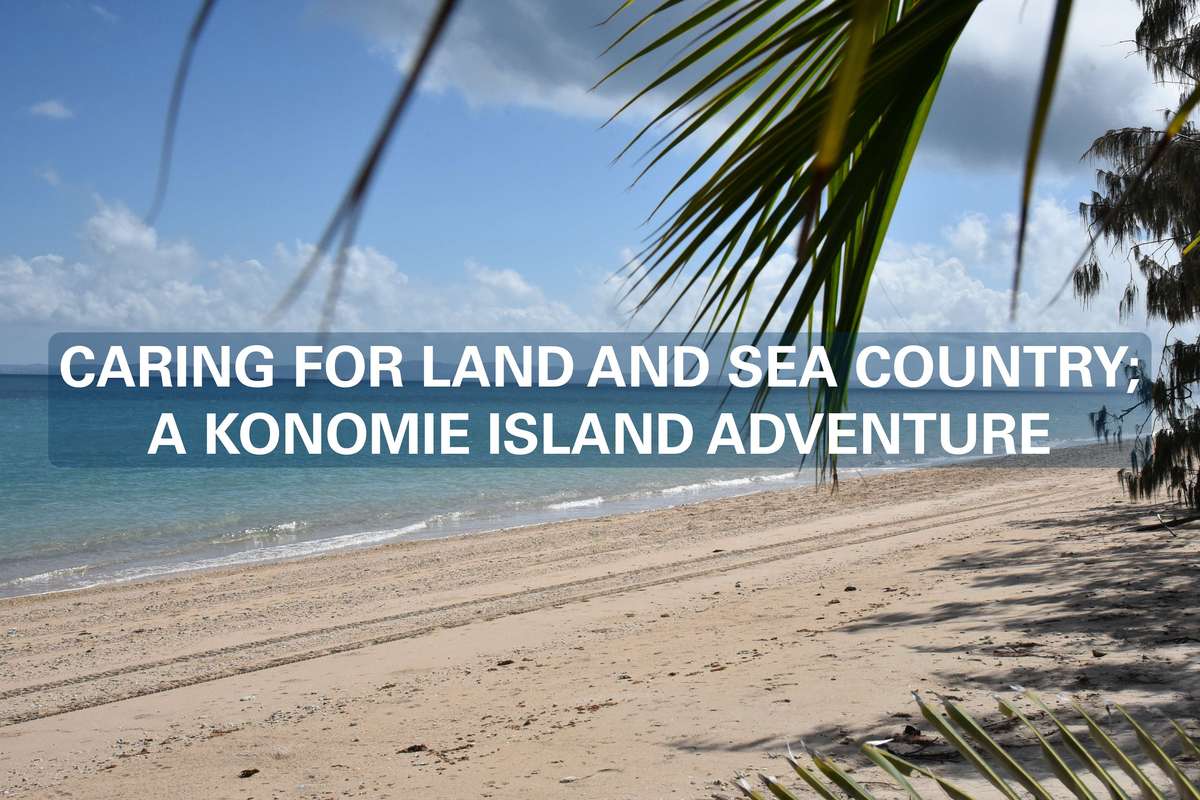
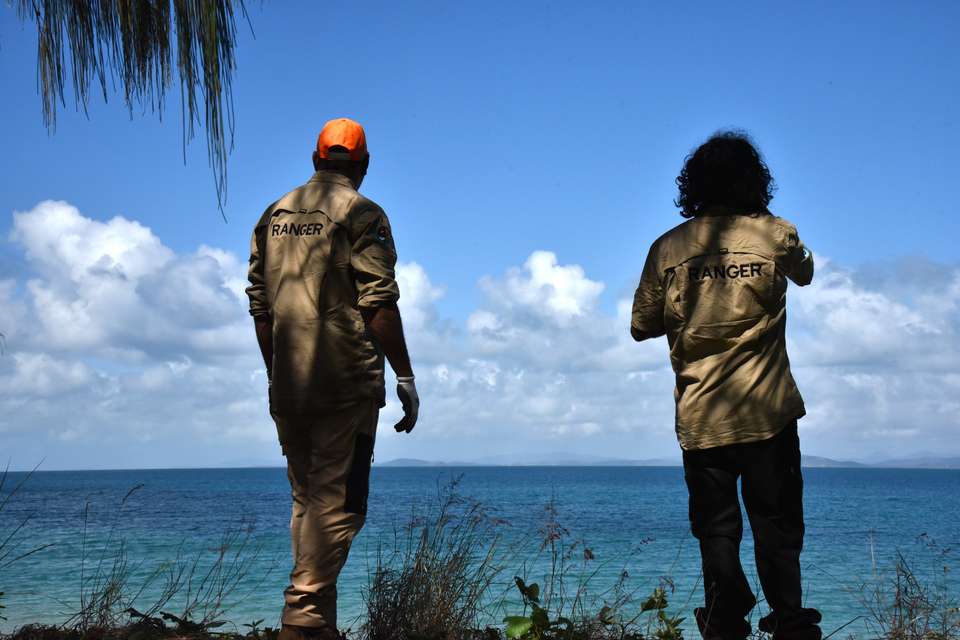
By Sala Mkoka
CQUniversity horticulture and conservation students recently embarked on an island expedition to Konomie Island, undertaking vital revegetation work to restore native bushland.
Working alongside the Capricorn Conservation Council, Woorabinda Aboriginal Shire Council Rangers and the Konomie Island Environmental Education Centre P&C (KIEEC), the students were able to further their knowledge and understanding of protecting and conserving biodiversity, and how to collaboratively partake in caring for Country.
Located on Woppaburra Country (Keppel Bay Islands National Park), the Environmental Education Centre on Konomie Island meaning ‘North Wind’, exists as a sustainable ecosystem with its own solar power source, small wind farm, recycled water source, and seagrass nursery, staking its claim as a unique biodiverse habitat and self-sustaining island.
Under the direction of the KIEEC P&C, students assisted with exotic weed removal and disposal, deep planting and revegetation of sustainable native species, and broadened their knowledge of plant identification, how to create sustainable ecosystems, and protect native flora and fauna.
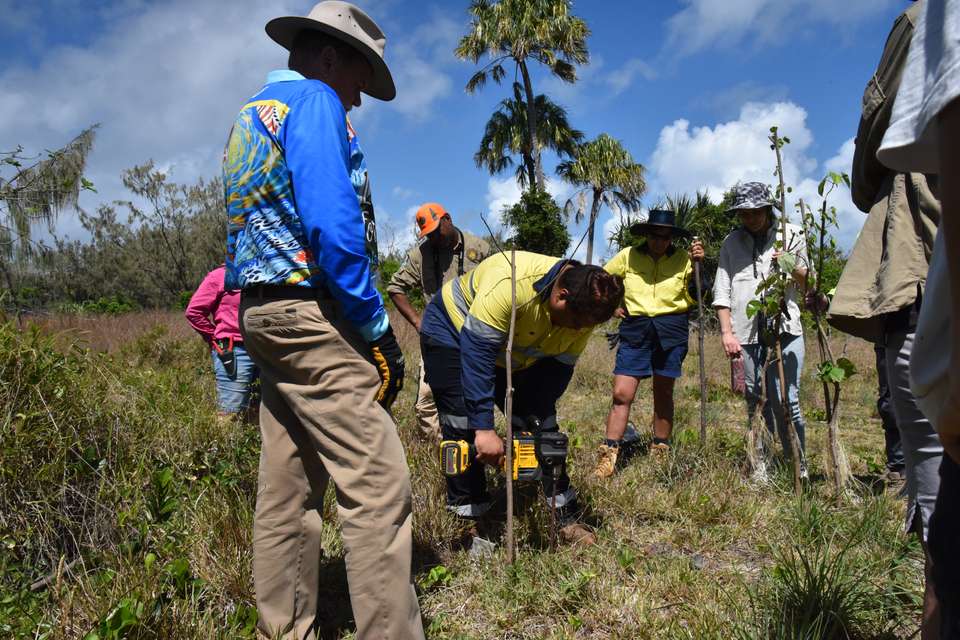
KIEEC P&C President Jeff Krause said the proliferation of exotic weeds on the island since being introduced in the era of colonisation, causes degradation of native plant species and threatens to overrun a healthy-functioning ecosystem, which requires frequent land care to maintain.
“We’ve seen that the exotic weeds spread very easily and crowd everything else out, becoming entwined with the native flora, so it’s important that we educate ourselves on plant identification to carefully discern exactly what should be removed,” Mr Krause said.
“Once the native plants are significantly established, they are then more likely to outcompete the weeds, but without the existence of the native plants, the weeds will continue to dominate the landscape.”
CQUniversity academic and Capricorn Conservation Council Coordinator (CCC) Sophie George who co-led the excursion, is also part of the KIEEC P&C and assists with revegetation on the island every fortnight, and said that protecting biodiversity is essential in caring for Country.
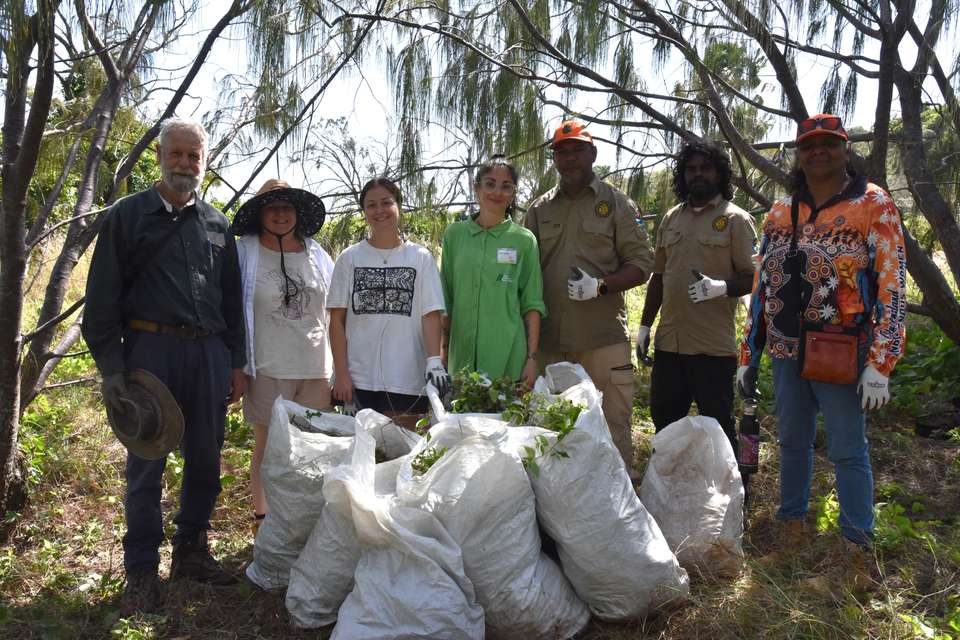
“It has been absolutely vital to come together to partake in the important work of healing Country,” Ms George said.
“We do this by protecting and caring for biodiversity, and some of the ways we go about that is through regular weed removal and replanting of native species.
“As Konomie Island is located at the southern end of the Great Barrier Reef, it’s critical that this ecosystem thrives, so by removing weeds we’re making way for native flora to regenerate and return to its former state before colonisation.”
Having worked on Konomie Island for the last two years with the CCC, Ms George has seen the radical transformation their work has made to the land and sea habitat, and emphasised the importance of community partnerships and working in collaboration with the Woppaburra People under their guidance and leadership of ongoing care for the land.
“There are many sacred sites on this island, so it is important that when we visit to have much yadaba (respect); stick to the tracks and take nothing with you but memories and photos and really take care of this Country.
“I’m so appreciative and fortunate to be part of this journey, and every little bit helps – every weed pulled, and tree planted and watered really does make such a difference to restoring a more resilient ecosystem.”
The experience of caring for Country and connecting with the land was one that was unforgettable for CQUniversity Horticulture student and proud Byellee woman Kylie Johnston, who took home a special memory with her from the day, as one of the few students who witnessed a dugong in the wild at Mazie Bay.
“It’s about being present and really connecting with the land,” Ms Johnston said.
“After all of our efforts today, to see a dugong pop it’s head up and say ‘thank you’ was very special. Through the work we’ve done, it really feels like you’re giving back to the community of Konomie and the Elders.
“To look after Country and care for the island for the next generation, is a really special experience that is hard to put into words.”
Konomie Island is located 12km off the coast of Yeppoon on the Capricorn Coast in Central Queensland, and is completely surrounded by the waters of the Great Barrier Reef World Heritage Area.
Learn more about CQUniversity's TAFE courses in Conservation.
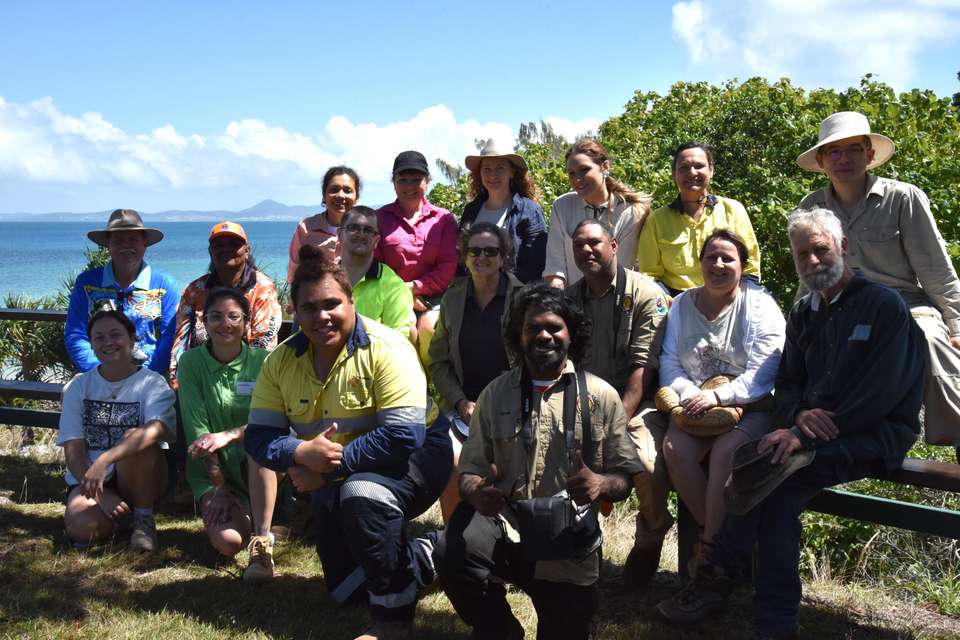
CQUniversity Australia is a trading name of Central Queensland University
ABN: 39 181 103 288
RTO Code: 40939
CRICOS: 00219C
TEQSA: PRV12073